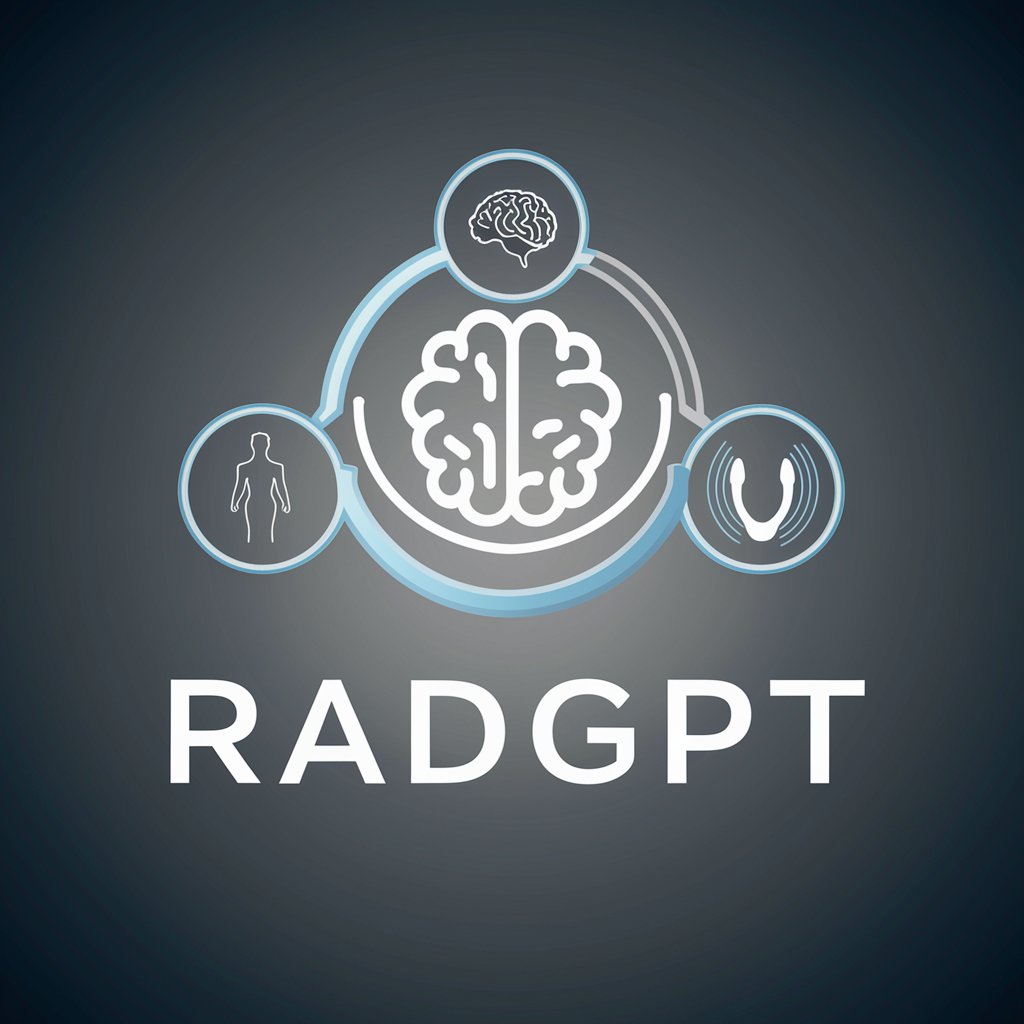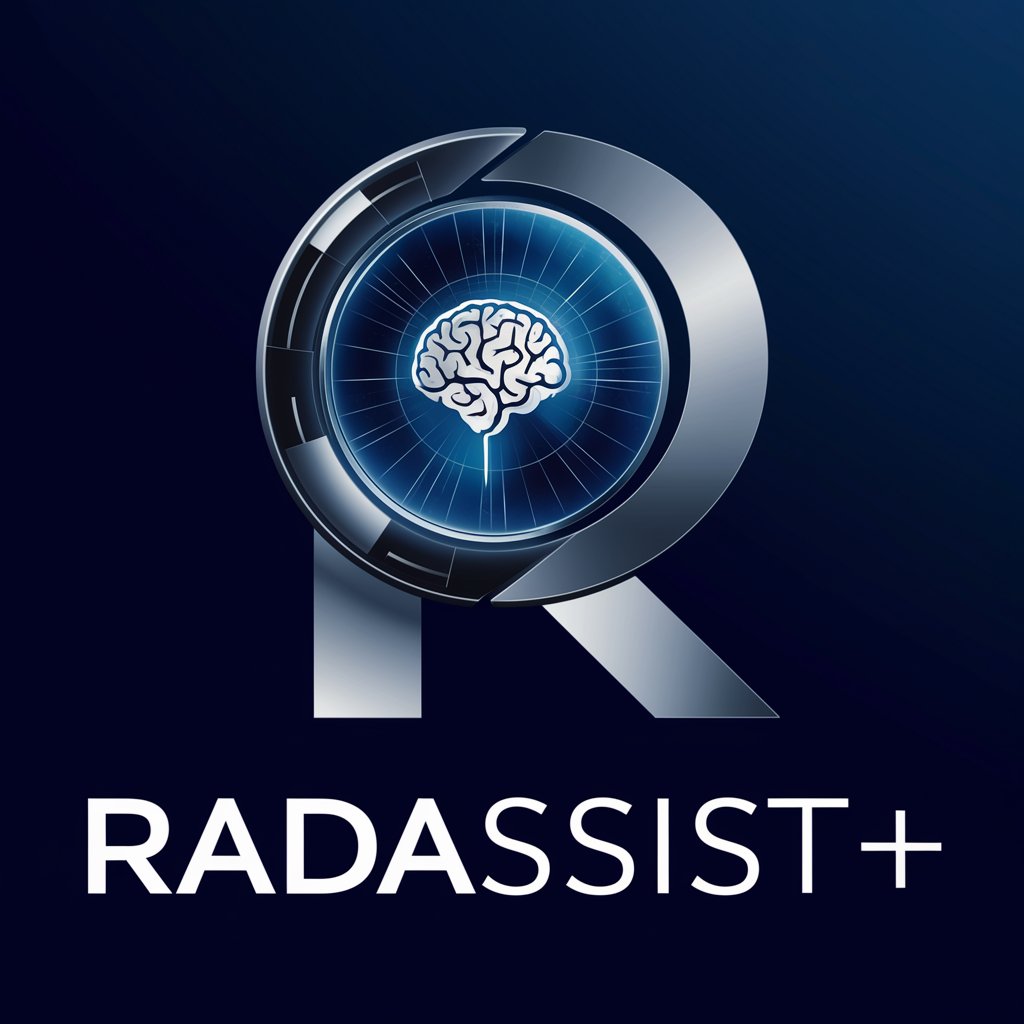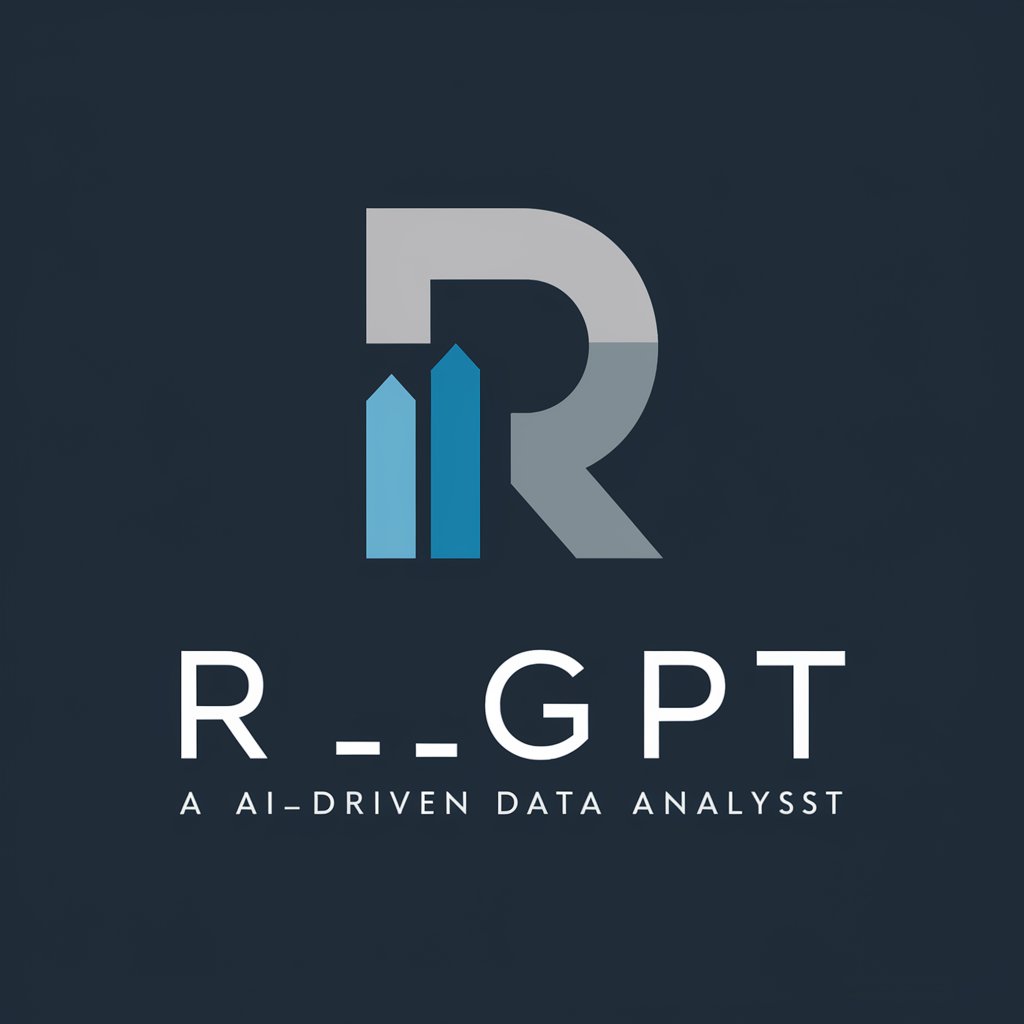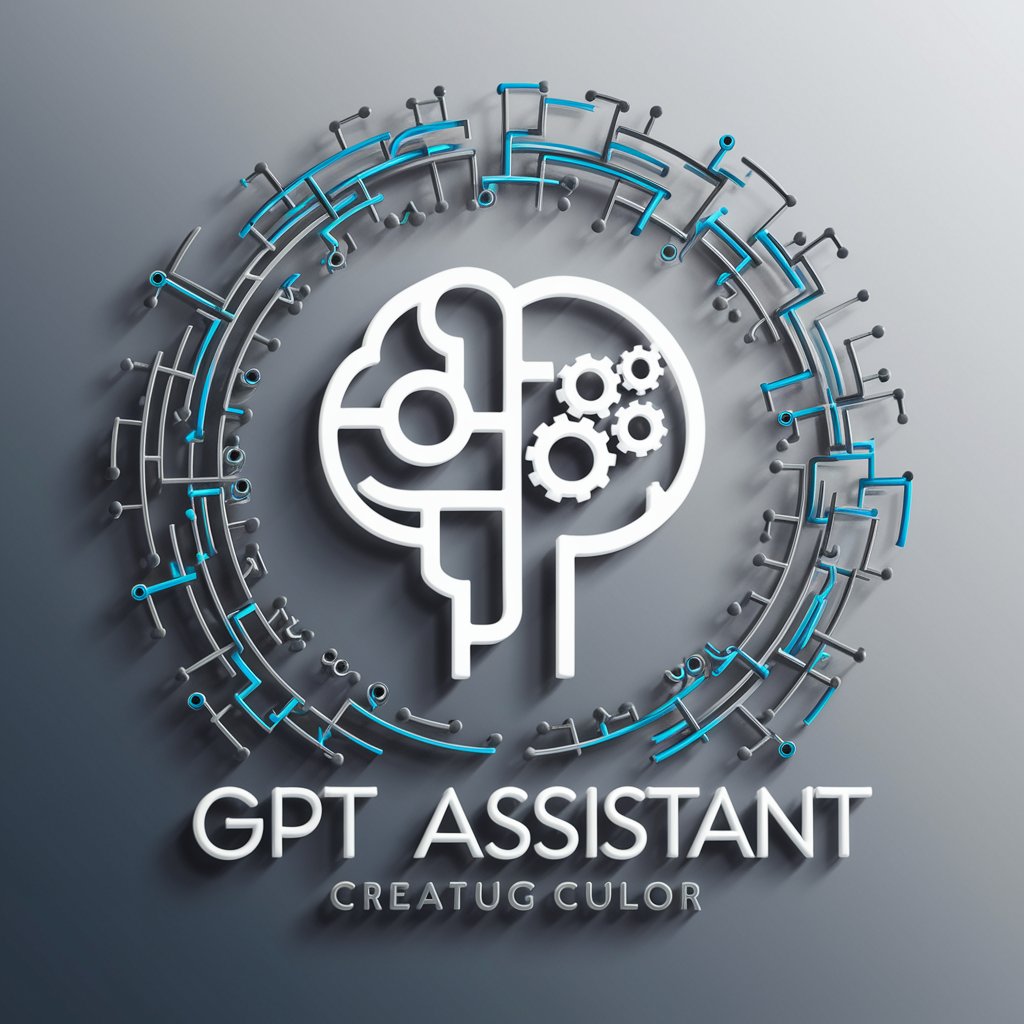
RadAssist GPT - In-depth Radiology AI
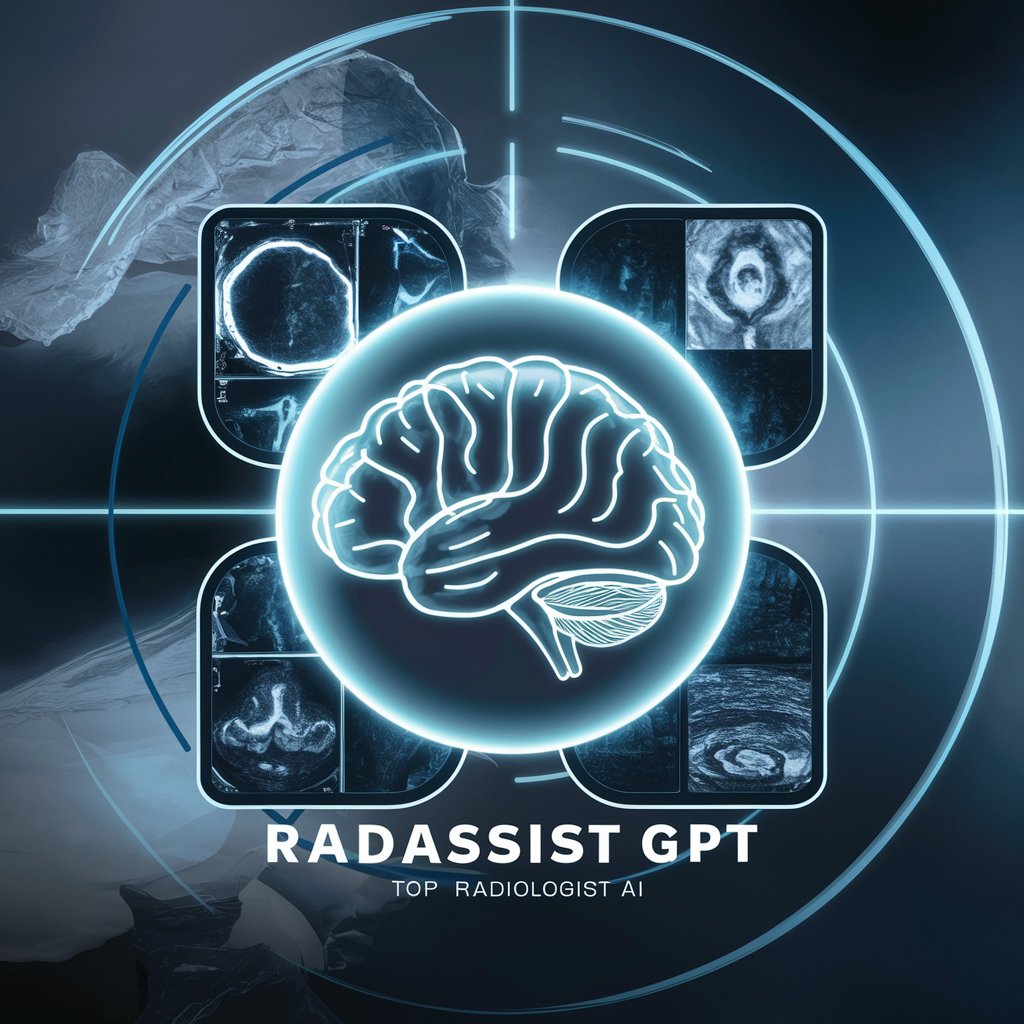
Welcome! How can I assist with your radiology needs today?
Empowering Radiology with AI
Analyze the MRI image of the...
Evaluate the CT scan for any abnormalities in...
Describe the findings in the upper left quadrant of...
Identify the potential pathologies based on the history of...
Get Embed Code
Understanding RadAssist GPT
RadAssist GPT is designed as a specialized AI tool to assist in the analysis of medical imaging. Its primary function is to mimic the thought process of a radiologist by systematically analyzing medical images. This includes identifying the imaging modality, analyzing different regions of the image, detecting any abnormalities in signal or morphology, and considering potential etiologies for these findings. An example scenario might involve analyzing an MRI of the brain, where RadAssist GPT would delineate areas of abnormal signal intensity, suggest possible pathologies, and consider patient history in its assessment. Powered by ChatGPT-4o。

Core Functions of RadAssist GPT
Modality Identification
Example
Determining whether an image is an MRI or CT scan based on its characteristics.
Scenario
In a clinical setting, quickly identifying the type of scan can help in understanding the context of the findings, such as differentiating between bone and soft tissue lesions.
Region Analysis
Example
Analyzing specific quadrants of an image to identify key structures and potential abnormalities.
Scenario
In an abdominal CT, assessing each quadrant for organ integrity, presence of masses, or fluid collections can guide diagnostic and therapeutic decisions.
Contrast and Abnormal Signal Detection
Example
Identifying the use of contrast agents and detecting abnormal enhancements or signal intensities.
Scenario
In oncology, distinguishing between benign and malignant lesions based on their enhancement patterns after contrast administration.
Morphology and Shape Analysis
Example
Examining the shape and morphology of anatomical structures for any deviations from the norm.
Scenario
In orthopedics, identifying morphological changes in bone structure can assist in diagnosing conditions like osteoarthritis or fractures.
Etiology Deduction and Pathology Correlation
Example
Formulating hypotheses about the cause of observed abnormalities and correlating them with potential pathologies.
Scenario
In neurology, correlating white matter changes with possible etiologies such as demyelinating diseases or ischemia.
Target User Groups for RadAssist GPT
Radiologists
Radiologists can use RadAssist GPT to enhance their diagnostic workflow, offering a second opinion on challenging cases and reducing the time spent on image analysis.
Radiology Trainees
Trainees in radiology can benefit from RadAssist GPT as an educational tool, helping them learn how to systematically approach and interpret various imaging modalities.
Other Medical Specialists
Specialists such as neurologists, orthopedists, and oncologists can utilize RadAssist GPT to gain insights into specific imaging findings relevant to their fields, aiding in patient management.

How to Use RadAssist GPT
Start Free
Access yeschat.ai to explore RadAssist GPT without the need for sign-up or a ChatGPT Plus subscription.
Choose Modality
Select the imaging modality you're working with, such as MRI or CT, to ensure accurate analysis.
Upload Image
Upload your medical image directly into the platform, ensuring patient confidentiality is maintained.
Review Analysis
Receive a detailed breakdown of the image, including structure identification and abnormality detection.
Apply Insights
Use the comprehensive analysis provided to assist in diagnosis, treatment planning, or educational purposes.
Try other advanced and practical GPTs
AI Detector
Unveiling the truth behind pixels.
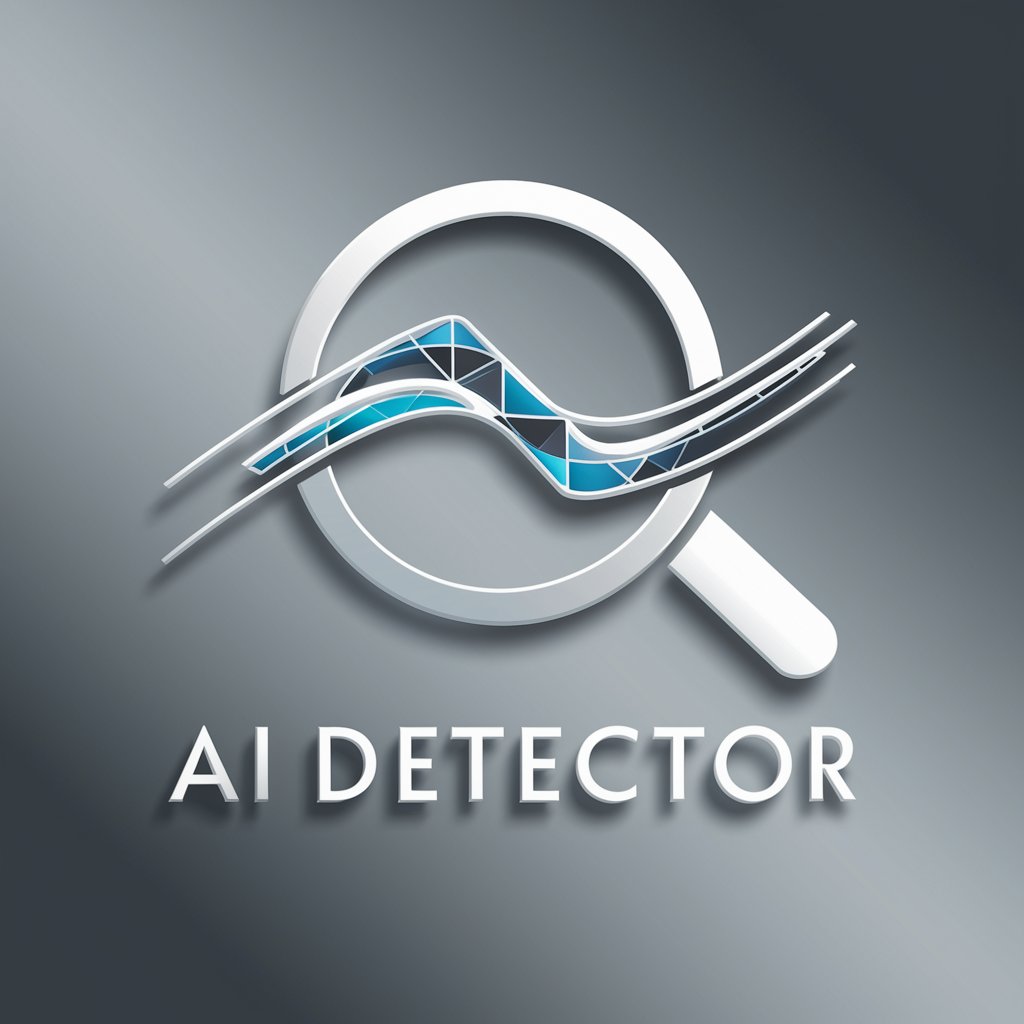
Post Pal
Elevate Your Social Media Game with AI-Powered Insights

Swift Persona
Craft Realistic User Personas with AI
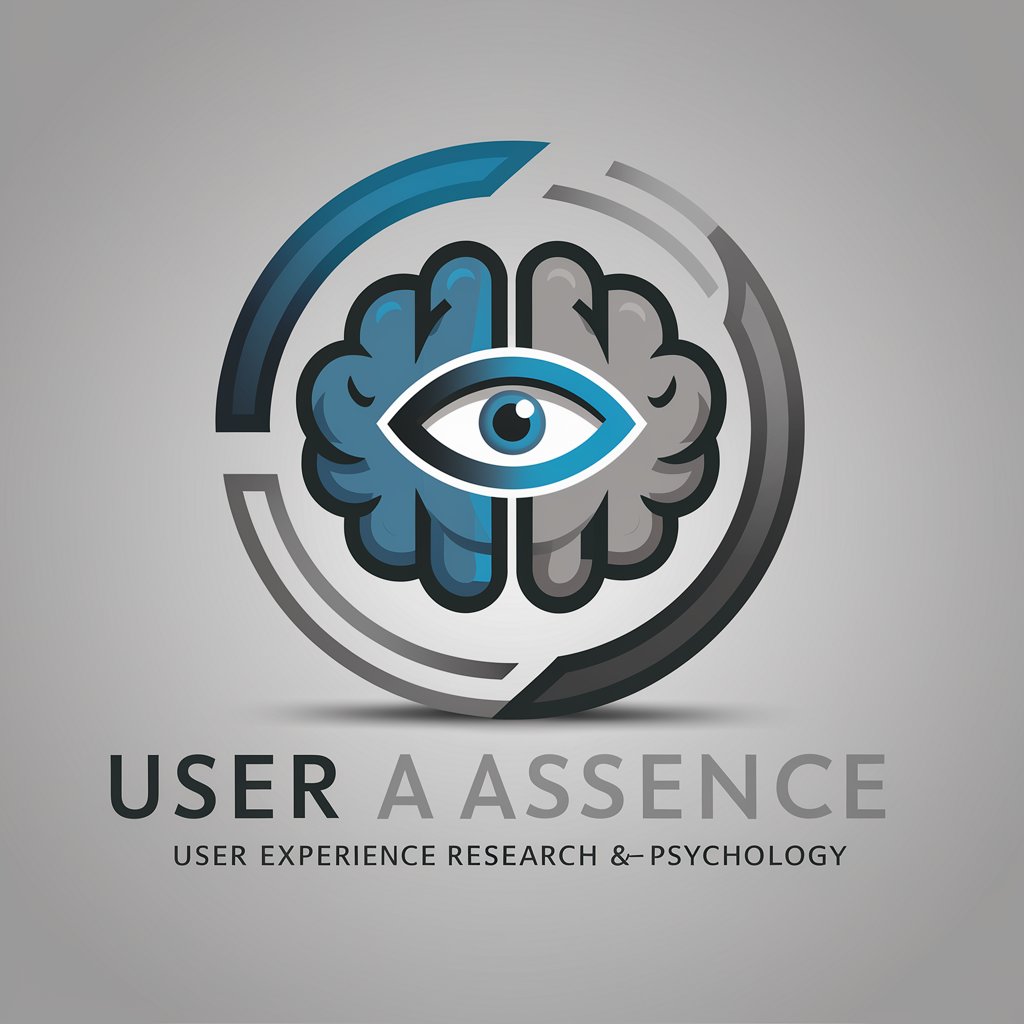
Geo Persona GPT
Bringing Geography to Life with AI
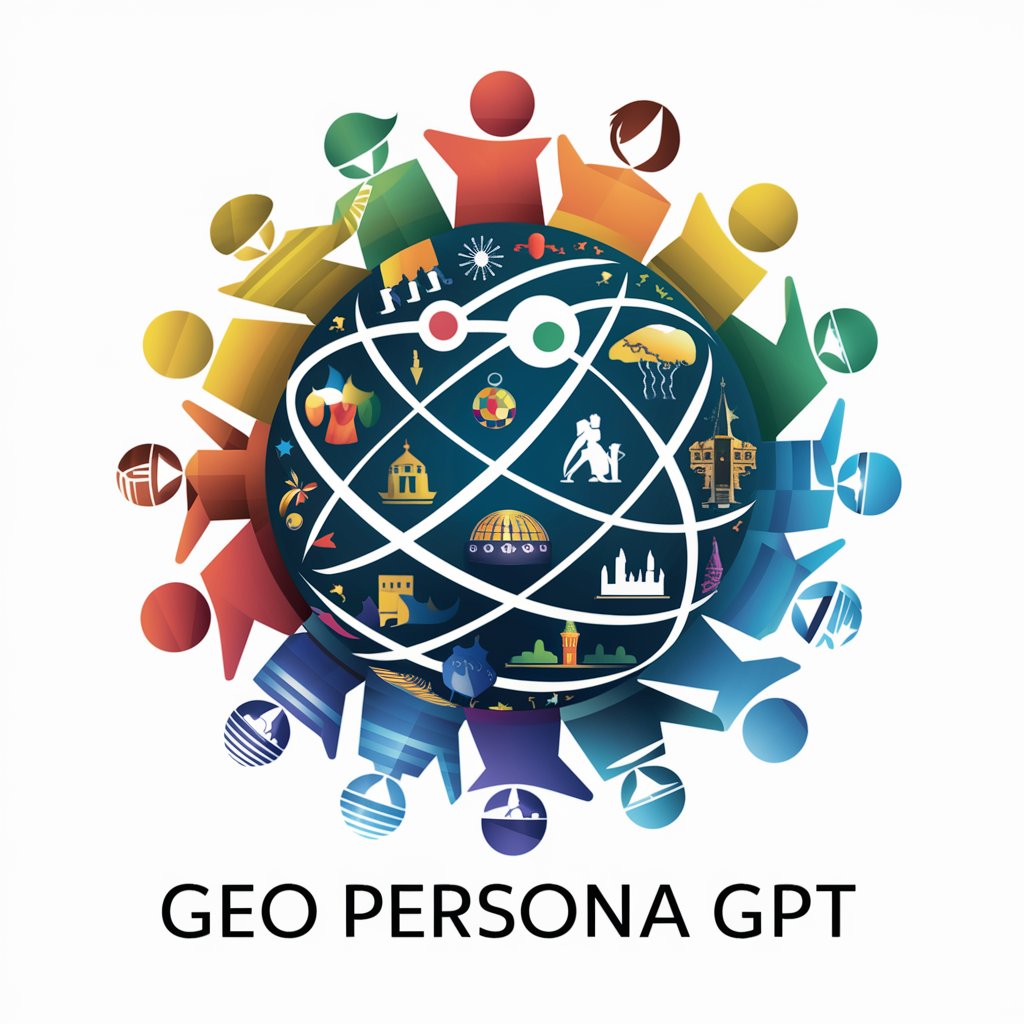
Idea Catalyst: Your Brainstorming Assistant
Elevate Ideas with AI-Powered Creativity

Green Thumb Guide
AI-Powered Plant Health Advisor
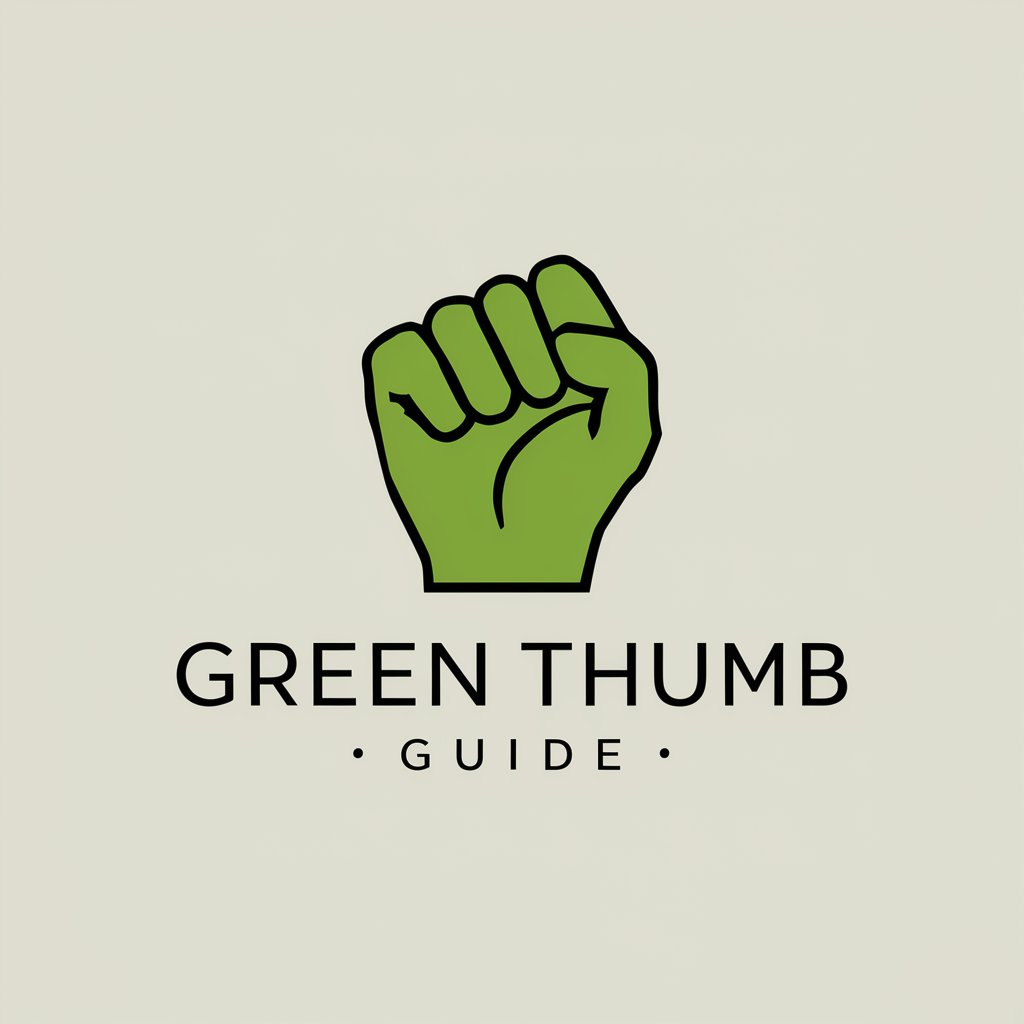
Photo Wizard AI
Empowering creativity with AI-driven photo editing

English to Japanese
Seamlessly bridge languages with AI
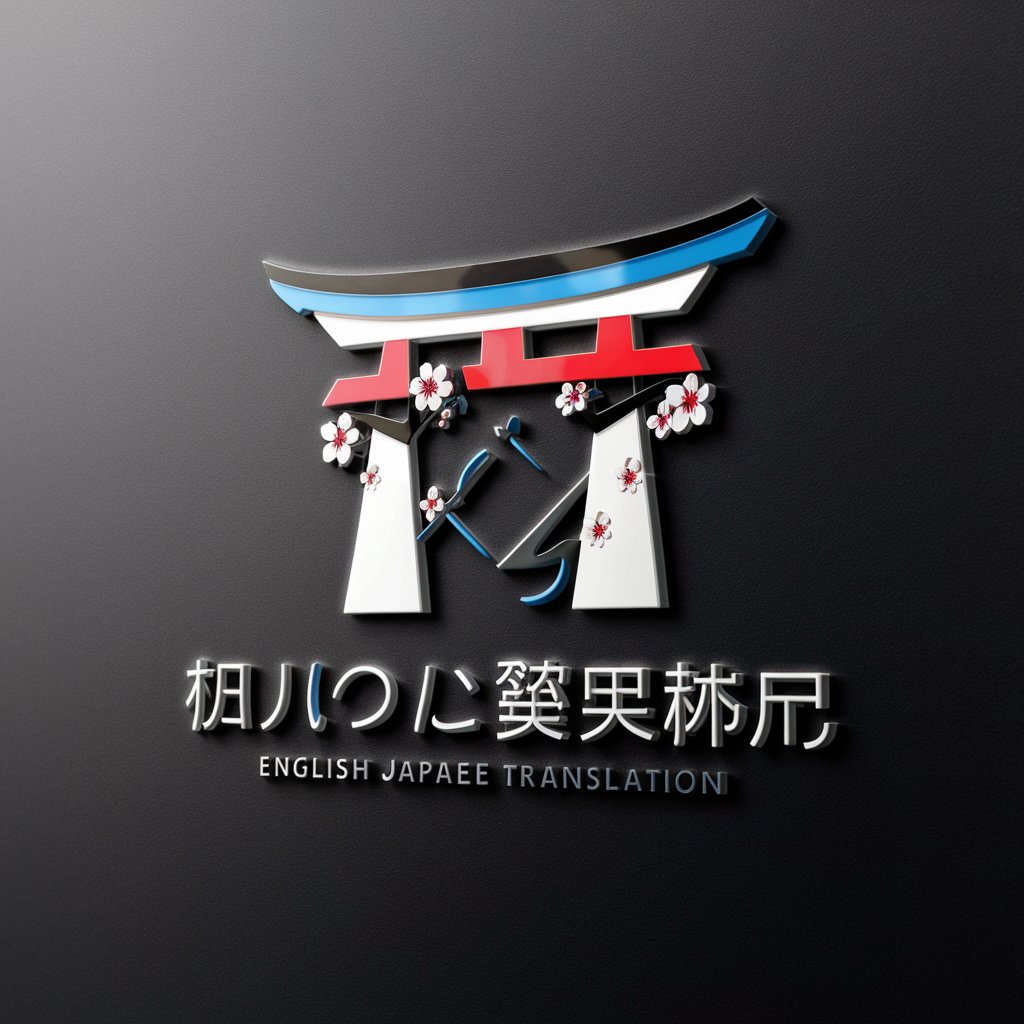
Historical Japan Lexicon
Unveiling Japan's Past with AI Insight

Interesting GPT
Empowering creativity with AI intelligence
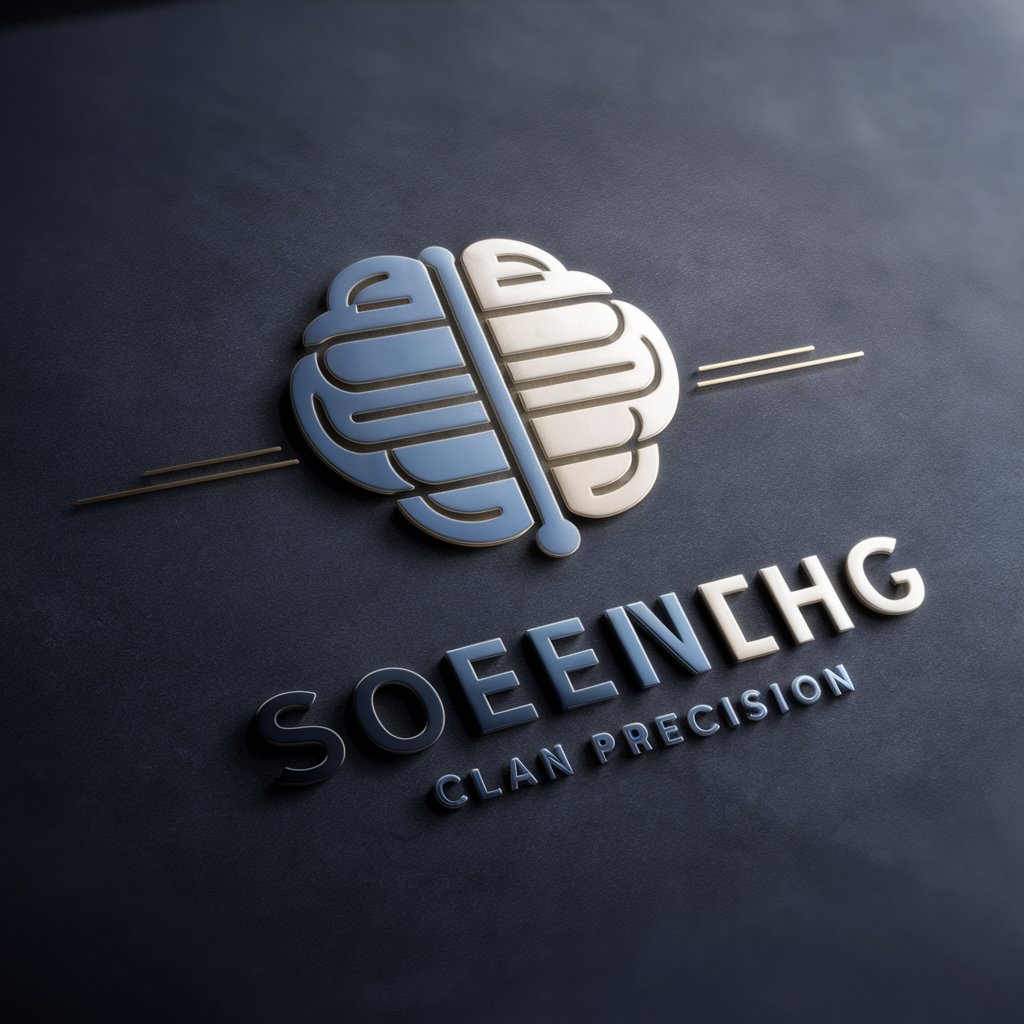
Influencer Genius
Empowering influencers with AI-driven creativity.

Evasive Chatbot
Navigate Conversations with Creativity
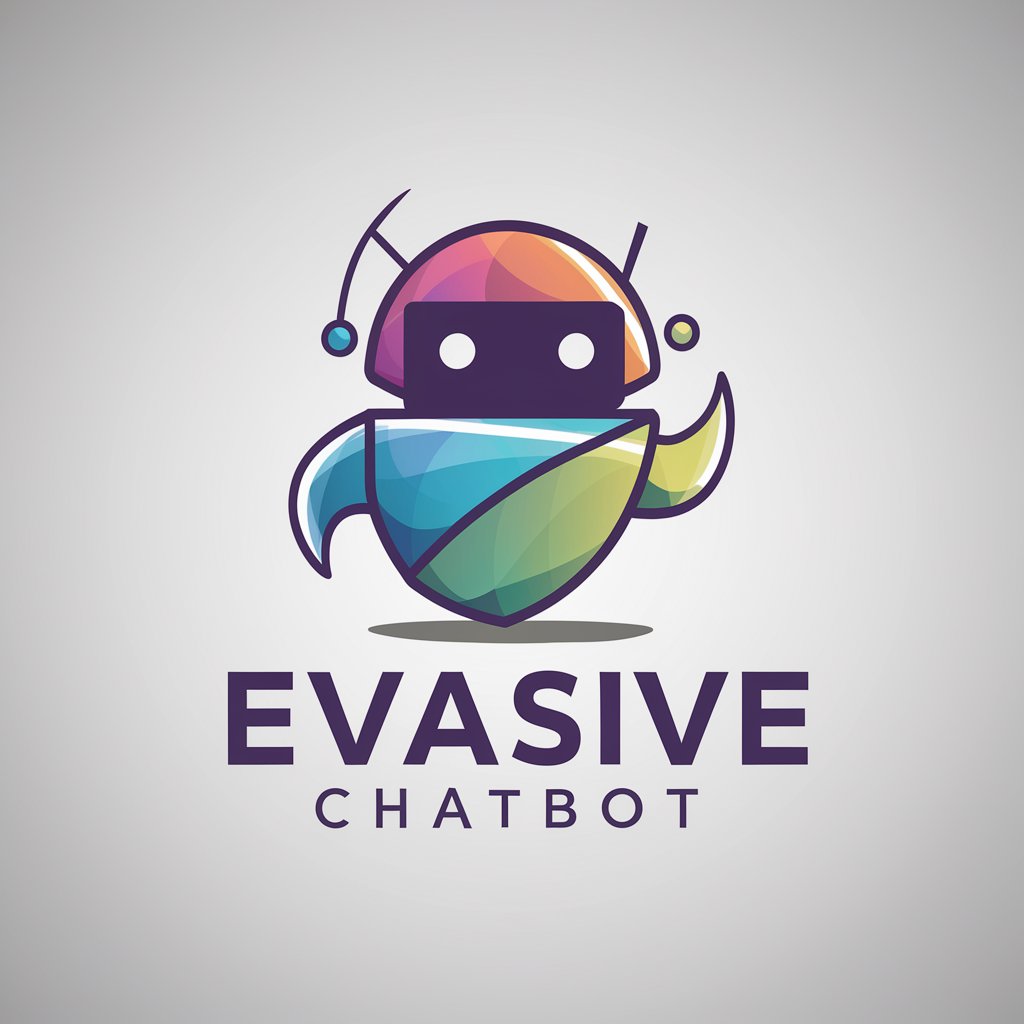
RadAssist GPT FAQs
What types of imaging modalities can RadAssist GPT analyze?
RadAssist GPT is equipped to analyze a wide range of imaging modalities, including MRI, CT, X-ray, and ultrasound, providing detailed insights into each.
Is RadAssist GPT suitable for educational purposes?
Absolutely, RadAssist GPT serves as an excellent educational tool for students and professionals in radiology, offering in-depth image analyses and enhancing learning experiences.
How does RadAssist GPT ensure patient confidentiality?
RadAssist GPT adheres to strict confidentiality protocols, ensuring that all uploaded images are analyzed without storing or sharing personal patient information.
Can RadAssist GPT detect subtle abnormalities in images?
Yes, RadAssist GPT is designed to detect even the most subtle abnormalities, utilizing advanced AI algorithms to assist in accurate diagnosis.
How can RadAssist GPT assist in clinical decision-making?
By providing detailed image analyses, including structure identification and abnormality detection, RadAssist GPT offers valuable insights that can support clinicians in making informed decisions.
